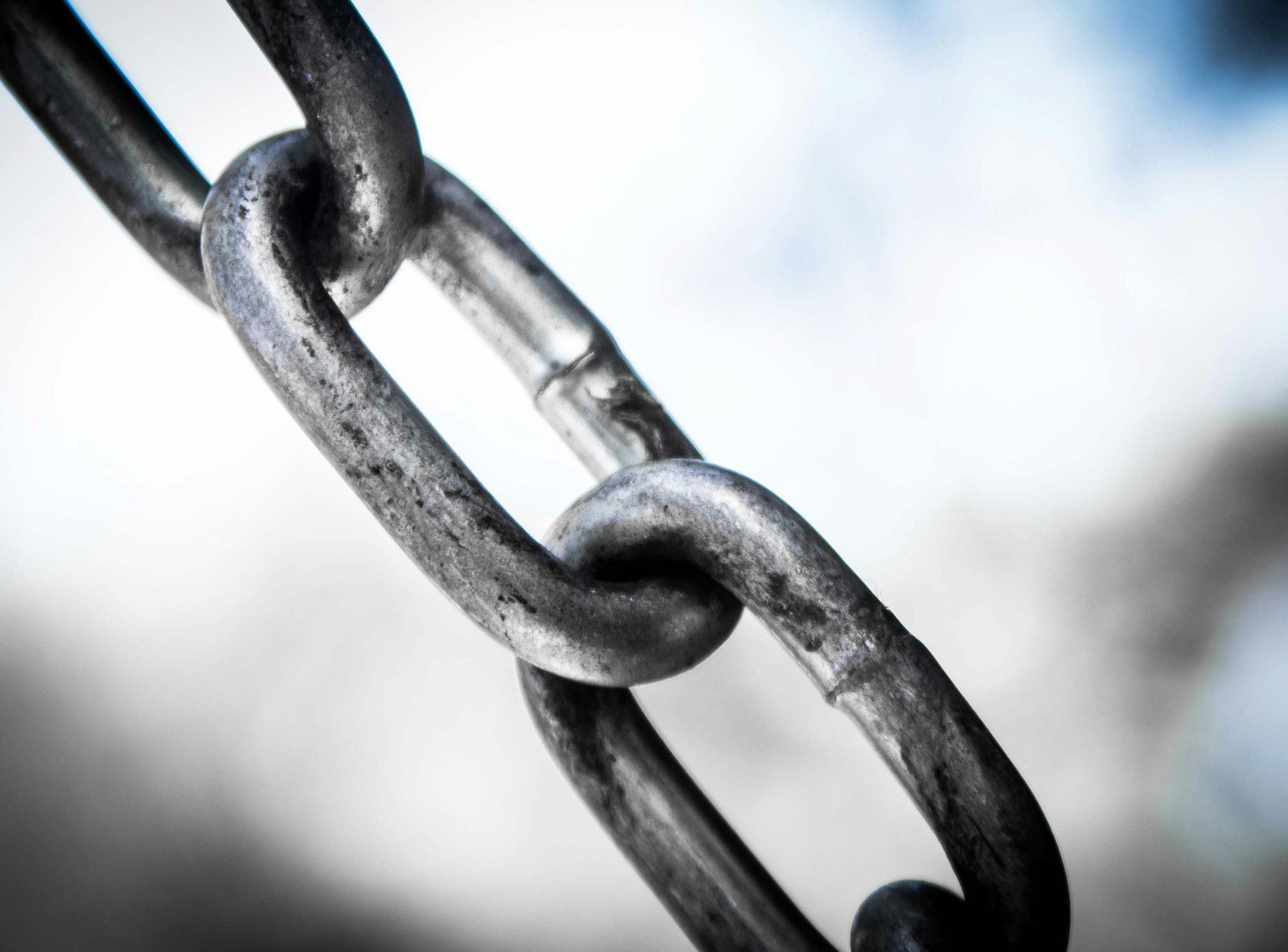Just as it is clear that resilience programming will benefit from a “whole-of-development” approach that ties together complementary technical sectors and different phases of assistance—from emergency relief to long-term capacity building—so it is clear from our experience that a “whole-of-community” approach is critical to resilience. Put simply, any resilience program that does not give due consideration to the role of women will not achieve its full potential and runs the risk of failure.t But we would do well to remind ourselves of the fundamental preconditions that must be in place for women to play their essential role: legal equality, economic empowerment, participation in decision making, and educational opportunity.
“The world is starting to grasp that there is no policy more effective than the empowerment of women and girls. And I would venture that no policy is more important in preventing conflict, or in achieving reconciliation after a conflict has ended.” - Kofi Annan, then Secretary-General of the UN1.

Women stand at the crossroads of production and reproduction, of economic activity and the care of family members, of governance and the smooth running of communities, therefore, they are a vital part of any effort to enhance resilience. Yet although women account for half of the global “talent base,” they have been marginalized in many developing countries, and their economic, social, political, and environmental potential too often goes unrealized. In many countries, this is a result of family traditions, customary law, social norms, religious practices, lack of role models, and the unequal value placed on women historically.
U.S. advocacy for an enhanced role for women in peacemaking, security, and other aspects of social and economic development has been particularly strong in the Obama Administration, as evident in the priorities of former Secretary of State Hillary Clinton and Ambassador Melanne Verveer. The United States National Action Plan on Women, Peace & Security, for example, articulates the case for women as equal participants in conflict resolution and the lasting benefits of such participation for communities and nations. Such high-level agenda setting is critical in creating the political will for change, but how as development professionals do we best implement this agenda?

If we boil down the lessons from DAI’s work with women and women’s groups over several decades — particularly our work in post-conflict countries — four key principles emerge as fundamental to a whole-of-community approach to resilience: establishing women’s equality in the eyes of the law, empowering women economically, ensuring that women are equitably represented in decision making at all levels, and recognizing the seminal importance of education.
Legal Frameworks
In DAI’s work for the U.S. Agency for International Development on Economic Empowerment Strategies for Afghan Women, we concluded that, in addition to enhanced skills, an Afghan woman “requires the enabling environment of her family, her community (including her workplace), and her country (through its legal framework and implementing institutions) to support her”2. The legal system is a bedrock determinant of women’s agency in the community. At a minimum, it must ensure that women share the right to be free from violence, to receive equitable remuneration, and to own and have title to property. In many developing countries, laws, regulations, and custom restrict a woman’s ability to own, manage, transfer, or inherit property. This inequity affects her ability to start, conduct, and grow a business because the lack of access to collateral means women are typically barred from obtaining credit.
Ensuring that the legal framework provides equal protections for women will result in increased resilience for the individual woman, her household, and her community, but practitioners must anticipate that radical changes in legal, institutional, and social behavior may be deeply threatening to the status quo. Sensitive change management is essential in implementing reforms.
Economic Empowerment
Women who can earn income are more capable of contributing to their resilience and the resilience of their communities. To develop their economic capacities, they need self-confidence, technical and vocational training, higher education, and management and leadership skills. Many countries lack role models of successful women or female leaders. Development practitioners can help by starting or supporting women’s networks, and identifying and publicizing viable role models who can mentor others within the country or region in question. Economic empowerment tends to enhance women’s self-confidence, which in turn emboldens them to voice their concerns and priorities in decision-making bodies.
Decision Making
Women must have a voice in decision making at all levels—communal, provincial, regional, and national—which requires the commitment of all stakeholders, including the international donor community. Creating an environment where women’s input is both required and valued often means engaging male champions of women’s inclusion, and not just as token contributors. Training for women in political empowerment, negotiation, advocacy, conflict resolution, management, and leadership will better enable them to share their input in a way that is heard and respected.
Edcuation
Finally—as a foundational principle—denying girls and women the same educational opportunities as boys and men perpetuates the perception of women as people of lesser value. Breaking this cycle is a long-term, perhaps multigenerational, enterprise, but incremental solutions can be embedded in other activities and inculcated through training to promulgate the principle of gender equality.
None of these four areas will surprise anyone in the development community. But first principles are always worth remembering as we assess and advance efforts to build individual and collective resilience.
Takeaways
- Effective resilience programming requires a whole-of-community approach that embraces women’s inclusion at all levels.
- Four key principles underpin women’s inclusion: equality before the law, economic empowerment, vibrant participation in decision making, and equal educational opportunity.
Footnotes
Annan, Kofi. 2006. “No Policy for Progress More Effective than Empowerment of Women.” United Nations press conference, International Women’s Day. March 8. New York. ↩
Simmons-Benton, Anne, Jessica Heinzelman, and Jill Sackett. 2012. Economic Empowerment Strategies for Afghan Women: Afghanistan Small and Medium Enterprise Development (ASMED). USAID. Bethesda, Maryland: DAI. ↩





